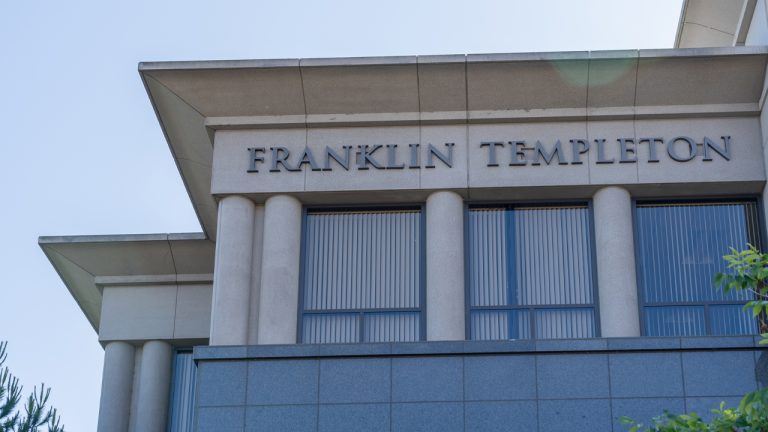Coda’s State Explorer: A Blockchain in a SNARK, a Full Node in a Browser
October 3, 2018 by William Peaster
This week, the Coda Protocol team unveiled a Coda testnet state explorer capable of running full nodes in users’ browsers thanks to the network compressing its entire blockchain in a zk-SNARK proof. The dynamic bodes well for a blockchain future wherein scalability need not come at the expense of decentralization.
Also see: BitMEX: ICO Firms Have Sold Three Quarters of Ether Raised
Subscribe to the Bitsonline YouTube channel for great videos featuring industry insiders & experts
Delegate Verification? Try It In Your Browser Instead
San Francisco-based Coda Protocol have published their Coda testnet state explorer. The explorer notably lets users verify the Coda network with full nodes in their browsers.
Ever seen a full-node running in your browser? Check out our state explorer, which is reporting and verifying the current protocol state live from our alpha testnet: https://t.co/a8CH1lC4SO
— Coda Protocol (@CodaProtocol) October 1, 2018
Currently, it takes considerable amounts of disk space to download the distributed ledgers of blockchains like Bitcoin and Ethereum. That hurdle can be burdensome for average users, a dynamic that can lead to centralization of verifiers.
Coda tackles this problem through compression, specifically via zk-SNARKs, a cryptographic mechanism through which interactions aren’t needed between verifiers and provers.
There are not many blockchain related technologies that actually interest me, but Coda is one of them. https://t.co/lPVLsmnWCV
— Sarah Jamie Lewis (@SarahJamieLewis) October 1, 2018
Lighter, Lighter!
As the Coda team specifically explains in their state explorer walkthrough, their deployment of zk-SNARK proofs creates “succinct blockchains” that mitigate the need for timely and resource-intensive ledger downloads:
“The Coda network compresses its entire blockchain into a 1 kilobyte zk-SNARK proof, which serves as a cryptographic certificate of the protocol state’s integrity. This certificate, called a ‘succinct blockchain,’ takes the place of the GBs long, ever-growing blockchains used for validation in other cryptocurrencies.”
This dynamic in combination with Coda’s use of merkle-paths means that “just a few kilobytes” of data are needed to “provide full proof of the state of an account” on the network’s ledger. It also means that Coda’s “resource requirements … don’t increase with time,” its builders have highlighted.
The ensuing efficiency brings a level of speed and nimbleness currently difficult to match by many of Coda’s peer projects.
A couple of friends who are setting up a lightning node walked into the office this morning and said “I’ve been waiting all weekend and I can’t get the damn blockchain to sync!”
Don’t wait. Use Coda. https://t.co/qZ3F8qIwkM
— Jill Carlson (@_jillruth) October 1, 2018
Toward Universal Node Accessibility?
Bringing full nodes to the masses is gaining some traction in the space.
Back in July 2018, Bitsonline interviewed Constellation Labs’s VP of Engineering, Ryle Goehausen, who walked us through his team’s DAG-based protocol and its emphasis on universal node accessibility, i.e. the capability of running full nodes on mobile devices and in browsers.
At the time, Goehausen said:
“Within the crypto community, there is a growing pushback against the narrative of a “necessary” decentralization/scaling tradeoff. Those who understand the basic tenets of decentralized technology understand that there’s no appeal to building out a new transaction network that mimics the financial systems of the old world. Crypto thought leaders are beginning to recognize that in order to achieve widespread and global adoption of cryptocurrencies, we can’t simply push consumers to use our coins or ride the recent wave of speculative hype; we need them join our networks.”
Alas, projects like Coda Protocol, Constellation Labs, and their ilk seek to turn the everyman and the everywoman into network participants by lowering the technical threshold needed for direct participation.
Some would say it’s a UX lesson worth considering for many projects in the space.
What’s your take? Is Coda a project you’re interested in keeping an eye on? Why or why not? Lets us know on Twitter or in the comments section below.
Images via Coda Protocol, Pixabay




